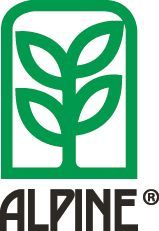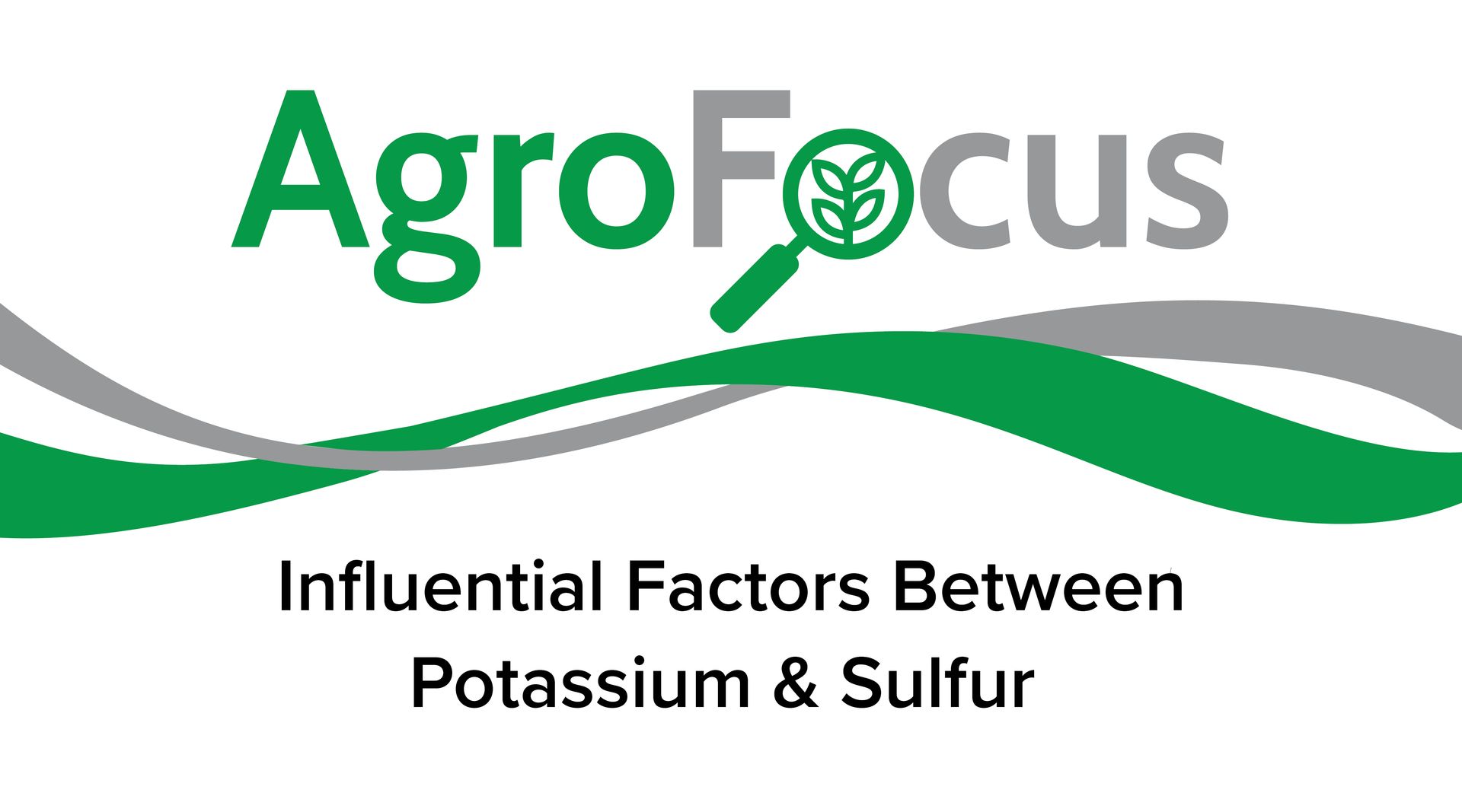Build WHY into your crop production program for 2017
With the holidays behind us now many are looking to the upcoming planting season. Seed has been or soon will be ordered, equipment is being made ready and we’re attending all kinds of meetings and reading all kinds of articles on the best products to use and the best practices to add into our farming operations. It’s this time of year I like to remind growers to focus on production but to approach it from a “risk management” frame of mind; what I mean is this. We are told that today, through advancements of genetics and science that each bag of corn seed has the potential of 600 bushels per acre and a bag of soybeans, 300 bushels per acre. Knowing this should make us realize that the minute we open that bag and dump it into the planter that potential is or could be escaping and it’s our job to figure out how and why and plan for it. High yield practitioners understand this and focus not so much on the traditional practices but on managing all the limiting factors. In function, it should force us all to take a long hard look at what might be keeping us from achieving a maximum yield potential. Over the years I have had the opportunity to work with a number of yield contest winners across the US and get to know them a bit and in the words of one such grower lie a message for all of us, “never stop asking why”. Those same WHY questions have lead NACHURS onto the development of a number of products focused on higher utility and greater efficiency, such as our high performance starter products lower in salt index and impurities and powered by the superior efficiency and flexibility of orthophosphate. NACHURS has also partnered two new technologies with our line of starters having options such as potassium acetate, the most soluble form of potassium with superior uptake capabilities and freedom of application as well as Rhizobacteria or Plant Growth Promoting Rhizobacteria (PGGR’s), linking the PowerBlend value of microbials to production. Why can be a powerful tool! Why can be the precursor to change. Take a look at your own production from the ending first! Look at your yield and if it wasn’t what you had hoped for start asking yourself why? How was my quality? If it wasn’t what I expected WHY? Did I lose bushels at ear or pod development and fill ….. WHY? Did I lose bushels during reproduction …..WHY? Did I experience poor plant vigor ….WHY? Did I lose bushels because of an inadequate plant stand …. WHY? If you answer yes to any of these questions then you must find the answer to the question why? The old saying of “the first measure of a defense is a good offense” has application in Agriculture and it will manage or limit the “yes” answers to the questions above. It all starts with a good evaluation of the previous cropping season and planning to manage any likely limitation for the next season. Next, you must follow your game plan the best that you can, remember details are critical and it’s often times the little things that hold you back. Lastly, you must be diligent in the field with compete evaluation through the season, first so you might be able react to anything that threatens your goal and secondly so that you might be able to add this challenge into next year’s game plan. A good crop production plan is one that considers all limitations and attempts to prevent them rather than a plan that intends to react to limitations after bushels are already lost. NACHURS Fertilizers have the products to add to your toolbox to help manage, limit or respond to those yes answers and the experience to add guidance along the way.
With the holidays behind us now many are looking to the upcoming planting season. Seed has been or soon will be ordered, equipment is being made ready and we’re attending all kinds of meetings and reading all kinds of articles on the best products to use and the best practices to add into our farming operations.
It’s this time of year I like to remind growers to focus on production but to approach it from a “risk management” frame of mind; what I mean is this.
We are told that today, through advancements of genetics and science that each bag of corn seed has the potential of 600 bushels per acre and a bag of soybeans, 300 bushels per acre. Knowing this should make us realize that the minute we open that bag and dump it into the planter that potential is or could be escaping and it’s our job to figure out how and why and plan for it.
High yield practitioners understand this and focus not so much on the traditional practices but on managing all the limiting factors. In function, it should force us all to take a long hard look at what might be keeping us from achieving a maximum yield potential.
Over the years I have had the opportunity to work with a number of yield contest winners across the US and get to know them a bit and in the words of one such grower lie a message for all of us, “never stop asking why”.
Those same WHY questions have lead NACHURS onto the development of a number of products focused on higher utility and greater efficiency, such as our high performance starter products lower in salt index and impurities and powered by the superior efficiency and flexibility of orthophosphate. NACHURS has also partnered two new technologies with our line of starters having options such as potassium acetate, the most soluble form of potassium with superior uptake capabilities and freedom of application as well as Rhizobacteria or Plant Growth Promoting Rhizobacteria (PGGR’s), linking the PowerBlend value of microbials to production. Why can be a powerful tool!
Why can be the precursor to change. Take a look at your own production from the ending first! Look at your yield and if it wasn’t what you had hoped for start asking yourself why?
How was my quality? If it wasn’t what I expected WHY? Did I lose bushels at ear or pod development and fill ….. WHY? Did I lose bushels during reproduction …..WHY? Did I experience poor plant vigor ….WHY? Did I lose bushels because of an inadequate plant stand …. WHY?
If you answer yes to any of these questions then you must find the answer to the question why?
The old saying of “the first measure of a defense is a good offense” has application in Agriculture and it will manage or limit the “yes” answers to the questions above.
It all starts with a good evaluation of the previous cropping season and planning to manage any likely limitation for the next season . Next, you must follow your game plan the best that you can, remember details are critical and it’s often times the little things that hold you back. Lastly, you must be diligent in the field with compete evaluation through the season, first so you might be able react to anything that threatens your goal and secondly so that you might be able to add this challenge into next year’s game plan.
A good crop production plan is one that considers all limitations and attempts to prevent them rather than a plan that intends to react to limitations after bushels are already lost. NACHURS Fertilizers have the products to add to your toolbox to help manage, limit or respond to those yes answers and the experience to add guidance along the way.










